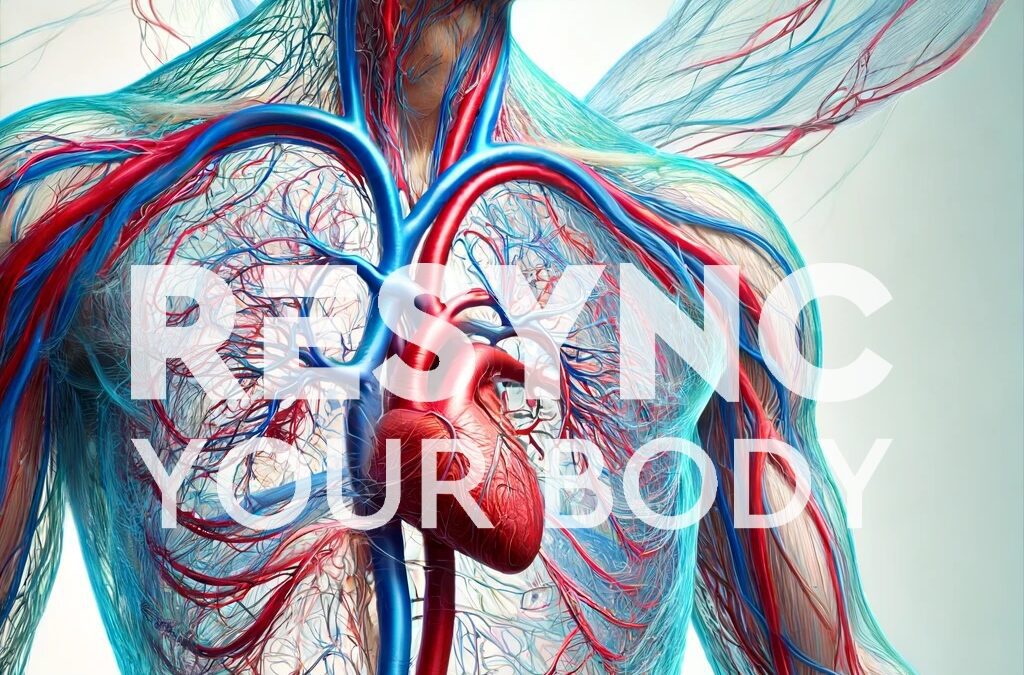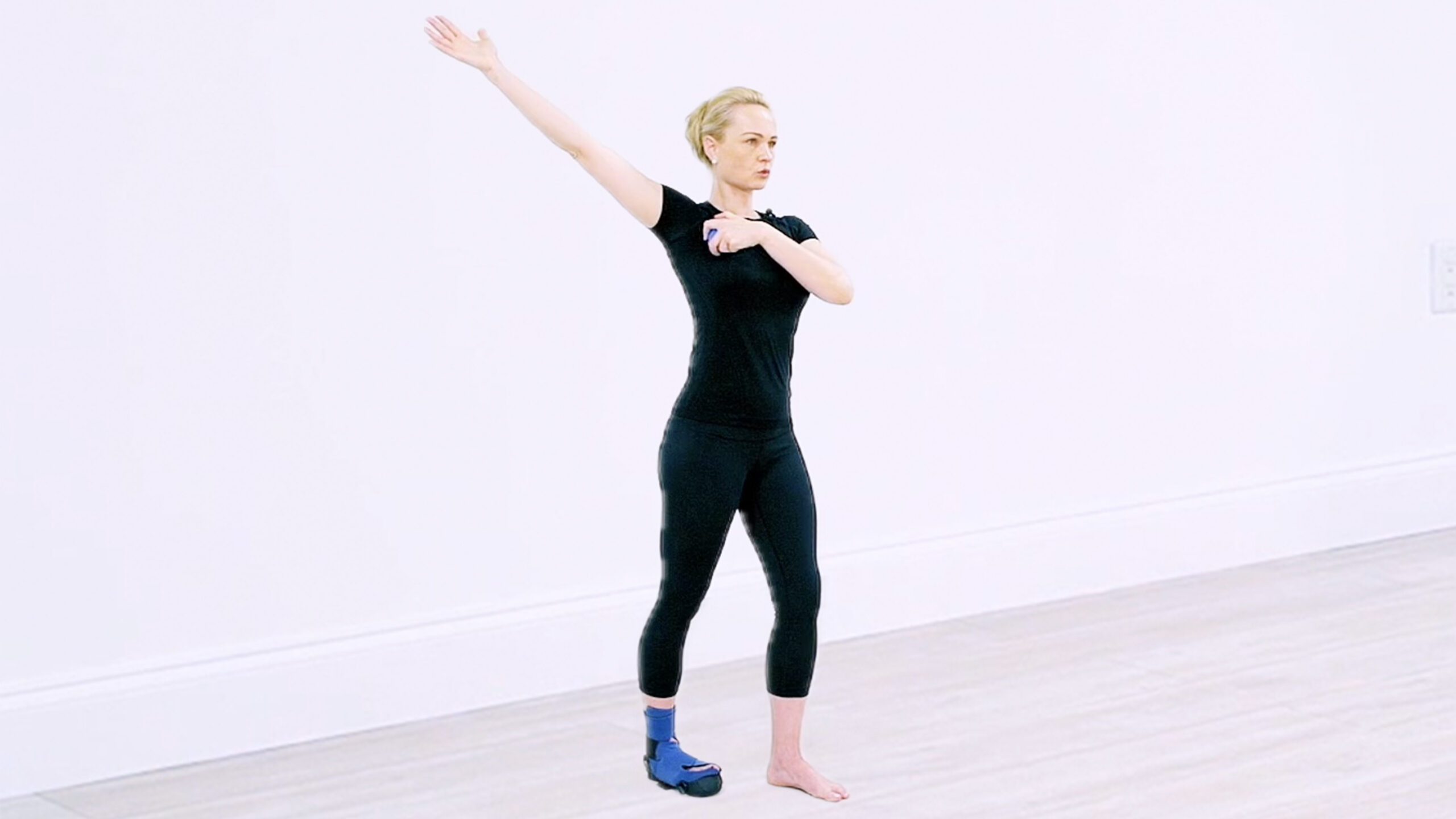
How To Hydrate Fascia For Optimal Health & Athletic Performance
Let’s start with the fact that our body is made of a vast amount of water. Our water content depends greatly on our age. The older we are, the lower the water content. However, regardless of our age, we believe that drinking water is good enough for hydration. Unfortunately, there is much more to optimal hydration than drinking water.
If I had to share just one sentence with you, it would be this: The number one component of Fascia is water, and Fascia as a tissue connects everything underneath your skin.
That’s why keeping your fascia well-hydrated is essential for our well-being.
Dr. Jean-Claude Guimberteau has recently discovered that Fascia is the hidden hydration system, an electrical system conducted by water that sends cell-to-cell communication.
Based on that, I feel the Fascia is the authority system allowing healthy communication between different cells, organs, connective, and soft tissue issues, where hydration is required for a healthy existence.
The concentration quotients of salts (NaCl, KCI, CaCl2) in interstitial fluid and in the water of an ocean are nearly identical. Our cells are, in a manner of speaking, swimming gel-like structures in an ocean of interstitial fluids, and we are carrying that ocean around with us. Guido F. Meert
When it comes to hydrating fascia for optimal health and performance, it is important to note that It is not how much water we drink but how much water our cells can absorb that keeps us hydrated. And that involves precise nutritional and physical daily care.
How To Hydrate Fascia Through Nutrition
As mentioned above, the key is how much water our cells absorb to keep us hydrated.
For that, essential nutritional steps must be addressed daily and even more intentionally in athletics for the fascia to stay elastic, function effectively, and support connective tissue resilience and muscle function.
Have you ever wondered why bodybuilders and professional boxers for example, are more likely to feel and get injured right before or after a competition? It’s because cutting weight usually involves drinking way less water. Since it is water that provides the cell communication, strength, and resilience of our connective tissues, dehydration makes our body more brittle and prone to injury.
Water has a massive impact on our performance. Study after study shows that to reach our potential, we have to be more hydrated.
When there is fluid flow, effortless, invisible to the human eye, movement takes place underneath the skin. That flow allows nutrient delivery and other critical physiological functions to take place and allows for optimal hydration.
Here are some fundamental steps we must take to hydrate fascia nutritionally.
1. Drink Water. The most obvious way to hydrate your fascia is to drink enough water. Of course, this is very individual to each of us, depending on our daily activity level and also exposure to sun. However, a good rule of thumb is to aim for at least eight glasses a day more if you are physically active or live in a hot climate and spend your day outside. However, drinking water is the first but, unfortunately, insufficient step to hydrate your fascia.
2. Electrolytes. We want to ensure our cells are hydrated inside, not just outside, and for that, we need electrolyte balance. That is where frequently our health challenges come from and where our athletic recovery suffers. Sodium, chloride, and potassium are the three most common and probably the most important for hydration but bicarbonate, magnesium, calcium, and phosphate are also essential, especially for soft tissues hydration. However, most hydration beverages lack those electrolytes, and drinking them puts us further into imbalances. You can learn more in the PDF.
3. Hydrating Foods. Whole vegetables and fruits, especially those that contain fiber, are very important for your fascia hydration. I invite anyone to eat a diet rich in water-dense fruits and vegetables, such as starfruit, watermelon, strawberries, cucumbers, celery, and radishes to mention just a few. These foods help to hydrate your body from the inside out.
As we can imagine, it does not stop here.
For those who wish to get to the bottom of how to hydrate fascia through nutrition, I invite you to get the PDF 3 Steps To Hydrate Fascia Nutritionally in more detail with images, recipes, and products I know to keep your fascia healthy.
How To Hydrate Fascia Through Movement
Movement, like nutrition, is critical for fascia hydration. However, not every motion, like not every food, hydrates the body equally. Variety of motion is key for fascia hydration to reach all our cells and tissues.
When we stop moving or train our body one way, our fascia adapts become dry and sticky, and the surrounding tissues, like tendons and ligaments, become prone to injury.
Having healthy fluid flow throughout our body, and between different systems, is the most critical aspect of healthy living and athletic performance. A dear friend of mine, Lisa Upledger, taught me how the craniosacral system is interconnected with the fascial system that we know surrounds the brain and spinal cord. And when there is a blockage of fluid flow, there is tension within the systems, and that impacts the nervous system and vice versa.
Like with any training modalities, there are principles for training and also hydrating fascia through movement. Yes, any movement is beneficial to us, but if we want elasticity and allow fascia and muscles to glide between each other to maximize our health and athletic performance, then we must focus on specific loading patterns, pre-stretches, and the critical sequence of the exercises that focus on elasticity and hydration.
In Resync Your Body fascia training 30 routines were specifically designed to focus on fascia elasticity and hydration. These are the same routines I created for professional athletes to improve their warm-ups and expedite the recovery process.
The initial fascia training (fascia-preparatory moves) routines focus on the ankles, wrists (the retinaculum areas where we have the most hyaluronan critical for the glide of fascial layers), hips, and shoulders. In a healthy fascia, hyaluronan keeps everything gliding.
“The most abundant hyaluronan (HA) amount was not surprisingly located in synovial joints. In the fascia associated with mobile joints, such as in the retinaculum of the ankle where greater degrees of sliding between fascial layers must occur” Stecco at el, 2018
Then, we transition from lying down ( face up and on the sides) to hydrating different layers of our deep core myofascial (muscles and fascia) connections while kneeling and sitting. These routines also focus on the vagus nerve, as in many years of coaching practice, I saw incredible results while combining these systems (nervous and fascial) into one short fascia-focused movement routine. Finally, the fascia training ends in standing, that’s where my clients shared they could recognize how lighter they are on their feet and dynamically balanced.
Using small fascia-hydrating tools, like soft myofascial release balls also supports the flow of fluids through the sponge principle. When you use small myofascial balls, they have the ability to create a local release & rehydrate the area deeply so you can create a better global dynamic movement across the entire myofascial (muscle and fascia) chain.
It is very beneficial to keep your fascia hydrated from the ground up that will also support blood flow to move back up towards the heart.
The Importance Of Hydrating Fascia

1. Improved Flexibility and Mobility. When our fascia is hydrated, it is more elastic and flexible, allowing us to maximize our range of motion. On the other side, when fascia is dehydrated, it becomes stiff and unmovable, restricting movement from the ground up making it more difficult to perform daily activities and achieve our athletic goals.
2. Experience Relief and Comfort when our fascia is hydrated, the muscles and fascia glide, maintaining their collagenous, moisture texture, preventing the formation of painful knots and allowing muscles to function without restriction.
3. Enhanced Athletic Performance & Recovery. For any professional or elite athlete hydrating fascia prior to any competition or training and rehydrating it post game, travel or training, is essential for peak performance. It reduces the risk of connective tissue injury. Proper hydration enhances tissue repair and regeneration.
4. Better Posture. When our fascia is hydrated, our soft and hard skeleton keeps us aligned. When fascia is dehydrated, it can lead to many postural compensations, higher hip or shoulder, contributing to back pain and other musculoskeletal issues.
5. Enhanced Circulation when our fascia is hydrated, it positively impacts our nervous and circulatory systems. Hydrated fascia ensures that blood and lymphatic fluids can circulate effectively throughout the body. This helps many physiological processes, like nutrient delivery to cells and removal of waste products, promoting overall cellular health and vitality.
Hydrated Mindset-A Growth Mindset
For the 1% of pro athletes, greatness begins with a fluid mindset focusing on mindful self-care. Let’s remember we only have one mind-body. Listening vs. judging our needs is essential to staying on top of our game and life journey.
The above fascia hydration techniques focus on our fluid flow, improving blood, lymphatic flow, and oxygenation to all connective and soft tissues, reducing lactic acid, soreness, discomfort, inflammation, and metabolite buildup in the muscles and fascia, lowering cortisol (crucial for fascia hydration and effective recovery), and supporting a healthier fluid state of mind.
Fascia hydration is a critical component of our overall well-being, whether we are athletes or not.
Embracing fascia hydration is more than just a short-term solution. It is a long-term investment in our body’s resilience and vitality. Addressing fascia hydration leads to greater well-being and a higher quality of life.
In the realm of athletic performance, healthy, hydrated fascia supports the intricate dynamic balance and coordination required for peak performance, enabling athletes to push their limits safely and effectively. Moreover, the more hydrated fascia, the faster recovery, leading to less downtime and more consistent training, which is essential for progress and greatness in any sport.
Well-hydrated fascia can be the difference between an average performance, a missed game, or an outstanding performance in the last quarter or entire game and winning a championship.
Whether you re an athlete aiming for excellence or someone seeking to improve daily comfort and function, focusing on fascia hydration can unlock new levels of physical potential and overall wellness. Invest in your fascia health today and experience the transformative impact of a well-hydrated, dynamically resilient body.












